Friday 04th December 2015 –
Again, it took over a day to reach my next destination. The twenty six hours to Rio de Janeiro matching my previous journey record, only this time the bus was slightly comfier. Not as much as I’d have liked, but comfier nonetheless.
Through incidental conversation, I usually end up making friends on buses. Normally it’s in Spanish though, so I was surprised this journey when I got chatting to English speakers for once. Emma I met at the hostel just before leaving, deciding to share a taxi to the bus station as my preordered bus ticket took its sweet time to arrive. Tash and Will, an Australian couple, were the others. We were soon fast friends – on the odd time we got off the bus for food that is. We were all sat pretty far from each other.
The bus went pretty smoothly, one breakdown offset by a slick transition onto a sister bus that was travelling with us, and when we arrived in Rio we saw it immediately. Christo. Christo Redentor. Christ the Redeemer. It was a promising entry to the famous city, and while I didn’t see Emma again after we dropped her off at her hostel, Tash and Will came to stay at Bossa, which I’d booked.
There was more than one reason I’d booked this Santa Teresa hostel. It wasn’t just the bargain price, though it was a factor, or the excellent Trip Advisor reviews. No, it was because Hannah and Joe, who I’d met in Sucre and had since been travelling with Jimmy, were staying here. They’d left Foz do Iguazu just before I’d arrived (by plane, no less!) and do we’d arranged to meet up and maybe catch a few of the sights together.
First up, after the energy sapping bus journey, was a few days of not really doing a lot. Aside from exploring the surrounding areas of Lapa and Santa Teresa, we spent the time catching up on some much needed sleep.
We managed to summon up the effort to visit the Escadaria Selaron at this point, too. It’s a tiled staircase made by an eccentric looking Chilean bloke, who had felt so aggrieved when the colour in the area disappeared after Carnaval, that he decided to inject some of his own. Selaron dedicated himself to an everchanging nature – after the staircase became popular he began to receive tiles froma round the world which he would use to replace older ones.
Joining a walking tour a few days later, we were told that he had died in 2012, officially after dousing himself in lighter fluid and setting himself on fire. Tellingly, once out of earshot however, our guide said it was actually somewhat of a mystery. Apparently the locals had not much love for Selaron, and there was a sneaking suspicion that he hadn’t really committed suicide. A lovely story, all in all.
While out and about in the city we saw some really cool graffiti, and also found out what the most interesting building in the city was. I’ll let you guess. The rest of the walking tour was the usual fare, but it did serve to get us venturing deeper into the city than we had been before. That and eat some cakes, of course.
The weather had been pretty rubbish in Rio so far. Cloudy and overcast during the day, rain pelting down as each evening set in, it hadn’t exactly enticed us to go sightseeing. We decided to leave seeing Christ the Redeemer till Saturday, the only good day according to the forecast, so we might be able to see more than five feet in front of us. Before then, we would go to a favela.
I had been in two minds about seeing a favela. It would be undeniably interesting, and an oppurtunity that doesn’t come around every day. On the other hand, as a German guy I met eloquently put it, it’s a little bit like going “Ooh, look at all these poor people”. Nevertheless, Hannah and Joe’s assurance that they’d researched and found a trip that was supposed to be really good, and my undying interest, won over in the end.
We met Obi at the exit to the underground station in Copacabana. A Rocinha native, the largest favela in Rio, he would be our guide for the day. Immediately he set about getting to know our names and where we were from, and when I said I was from the UK, he declared he had thought I was Brazilian before I spoke. We really needn’t have carried on – my day was made already.
Carry on we did though, and as our bus driver raged down every street and around every corner, we got to know Obi better. The fact that he was only 21, that he had been manager of his brother’s hostel for five years already, and later on, that he was willing to brave the rain. It was a necessary skill, because that’s what it started to do. By the time we arrived at the edge of the favela, it was pissing down.
After a moderately successful search for a store that still had some umbrellas and/or rain macs, we made our way down some narrow alleys to Obi’s hostel. From there, looking over the mist filled favela, he went through some of his own views about favelas and the benefits and downsides to pacification. He was commendably honest, his own views and own slant to it all, obviously, but he gave us all sides of the picture. I’ll see if I can pick out a few from my brain and put them down on paper.
While Obi didn’t mind the pacification per se, himself not having had any affiliation with the drug lords, he said it came with a lot of problems. Many police were corrupt, and fighting between the two in favela alleys could lead to innocent casualties. The drugs issues weren’t totally eliminated either, just the gangs were run from inside the prisons instead. Also, in many ways the drug lords provided a service to those in the favela, bringing money and jobs (not all drug related) to those who lived there. Fights between gangs were usually located in specific areas, allowing those not involved to stay just that.
Obi had many other points too, and we listened and asked questions all the way through out winding down to the bottom of the favela. Not once were we paid any special attention, even with Hannah, Tash and Joe wearing their special tourist identification macs. Obi told us the people here appreciated foreigners coming to look around and contributing to the economy. This, he said, was more pronounced as we were walking through – many companies drive around in a big jeep, with tourists looking out of the windows, as if at a zoo.
As we descended further, we visitied some colourful flats that had been built in anticipation of Obama’s visit before the World Cup – only for him to end up visiting Cidade de Deus instead. We also stopped in on a newly built library, one of the benefits of pacification being investment from the government. The kids living here now have many more facilities, and one of the benefits of the close knit favela community is that because the workers are all from Rocinha, any children skipping school will be found out.
We were surprised by our last stop. Obi just took us into a building without mentioning anything, and it turned out to be the home of the bloke who organised the tours – a man by the name of DJ Zezinho. That’s right, that’s how he introduced himself. He was brought up in a different Brazilian favela, but after living in the US and Canada for about 20 years, he moved back, favouring favela life.
DJ Zezinho was a staunch promotor of the favelas – he wasn’t keen on the media portrayal – Ross Kemp’s programmes suggesting Rocinha was the most dangerous favela gaining particular ire. You could see why though. This rather large, short man, complete with tattooed legs and a particular love of cats had serious investment here. Not just his money – his flat had become a place to help the kids learn to DJ – but his life too. Proceeds from tours went to local initiatives, he only employed local guides and he helped set up volunteering (genuine non-paying volunteering) within the favela in various areas. His dedication was admirable.
By the time we left the favela, I, and I think I can say we, had a different view to the one we arrived with. Of course biased opinions reign, and those living in the favela would be no different, but it was obvious it was more than just a poor slum under the thumb of various drug lords. Rocinha is a community. One that doesn’t steal from eachother (as Zezinho put it – “You don’t shit were you eat”), and isn’t nearly the dangerous death trap of a life some would have you believe. It’s not perfectly safe either, but it’s a home. One that many people clearly love.




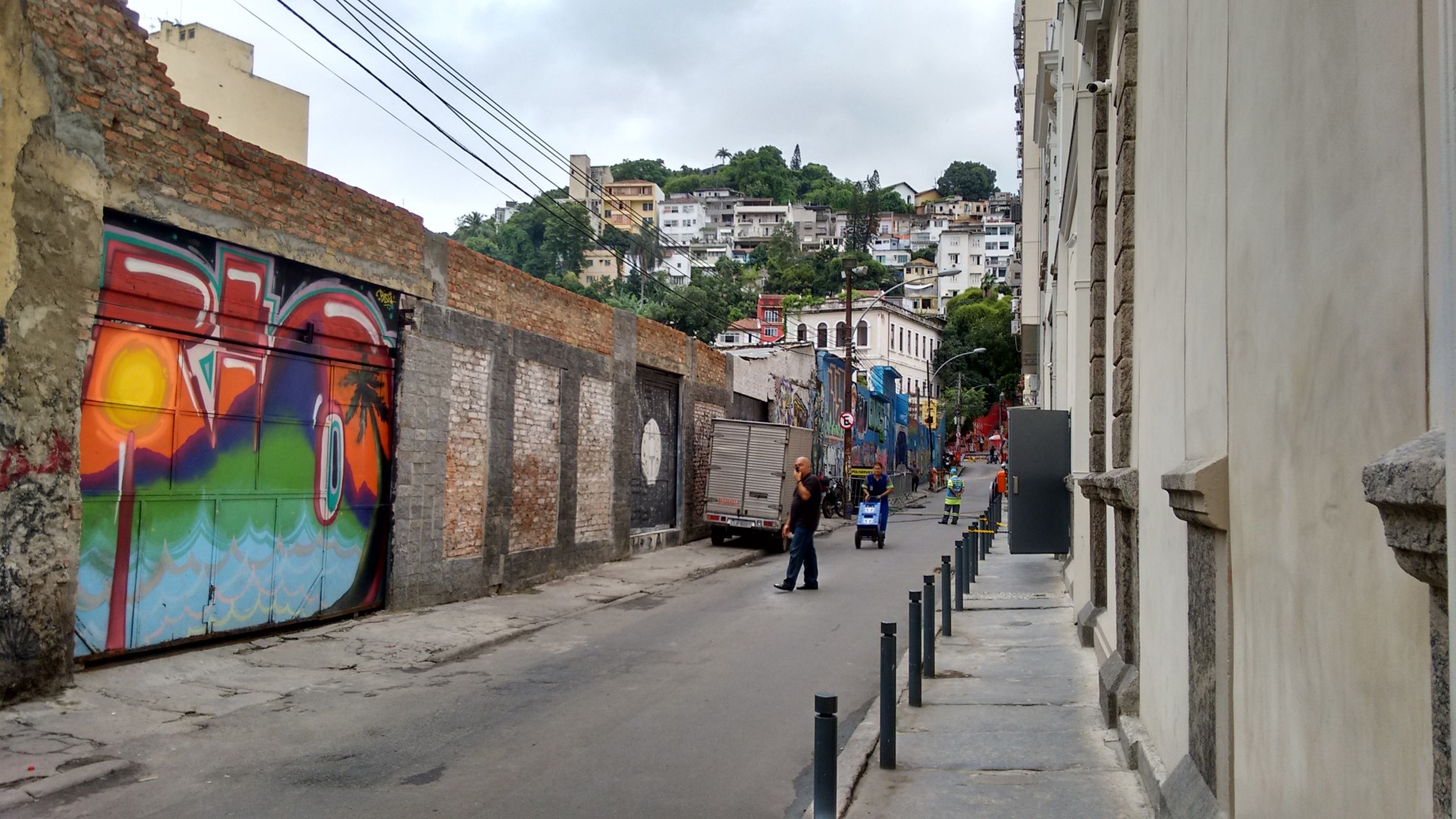
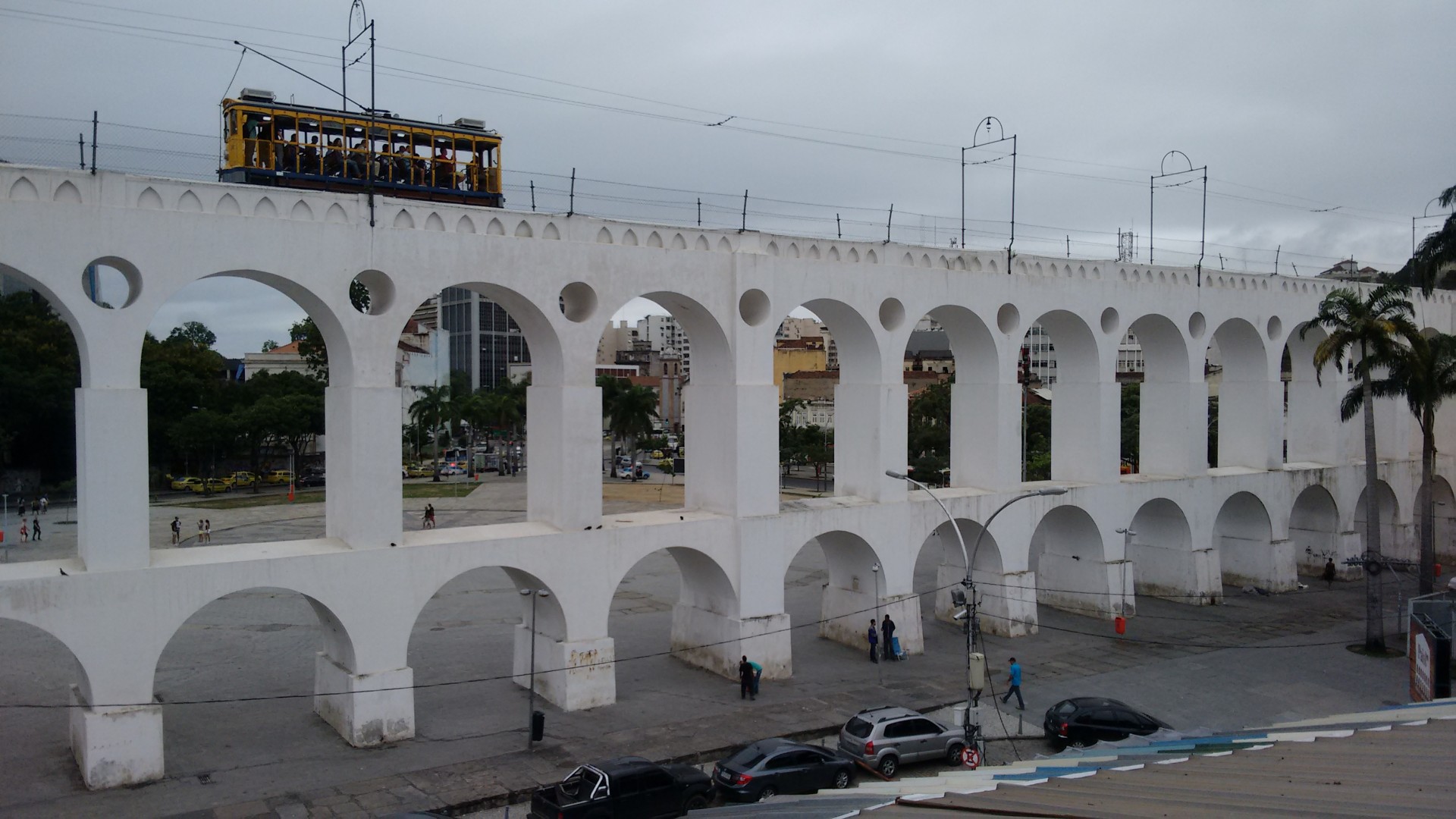
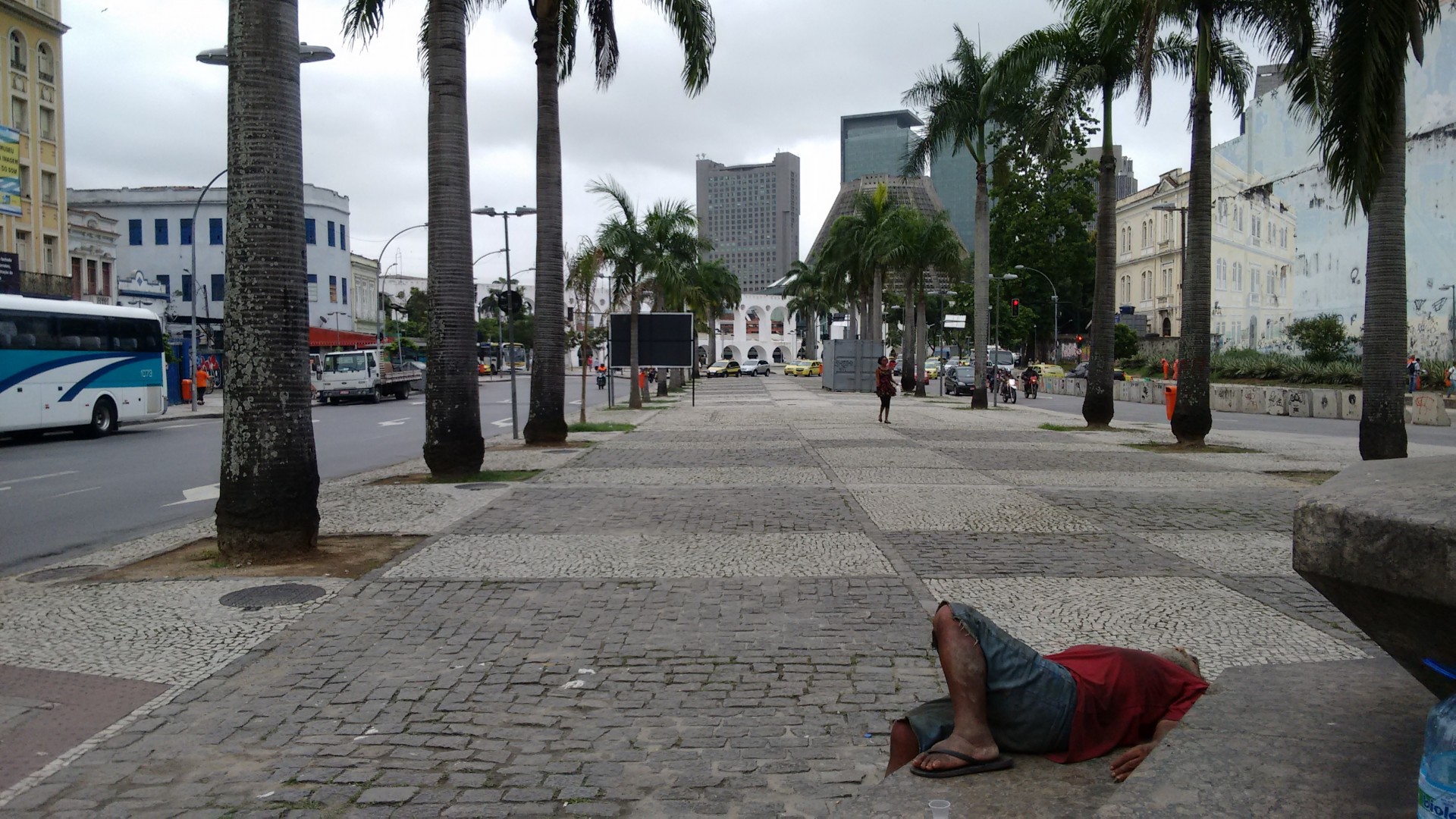
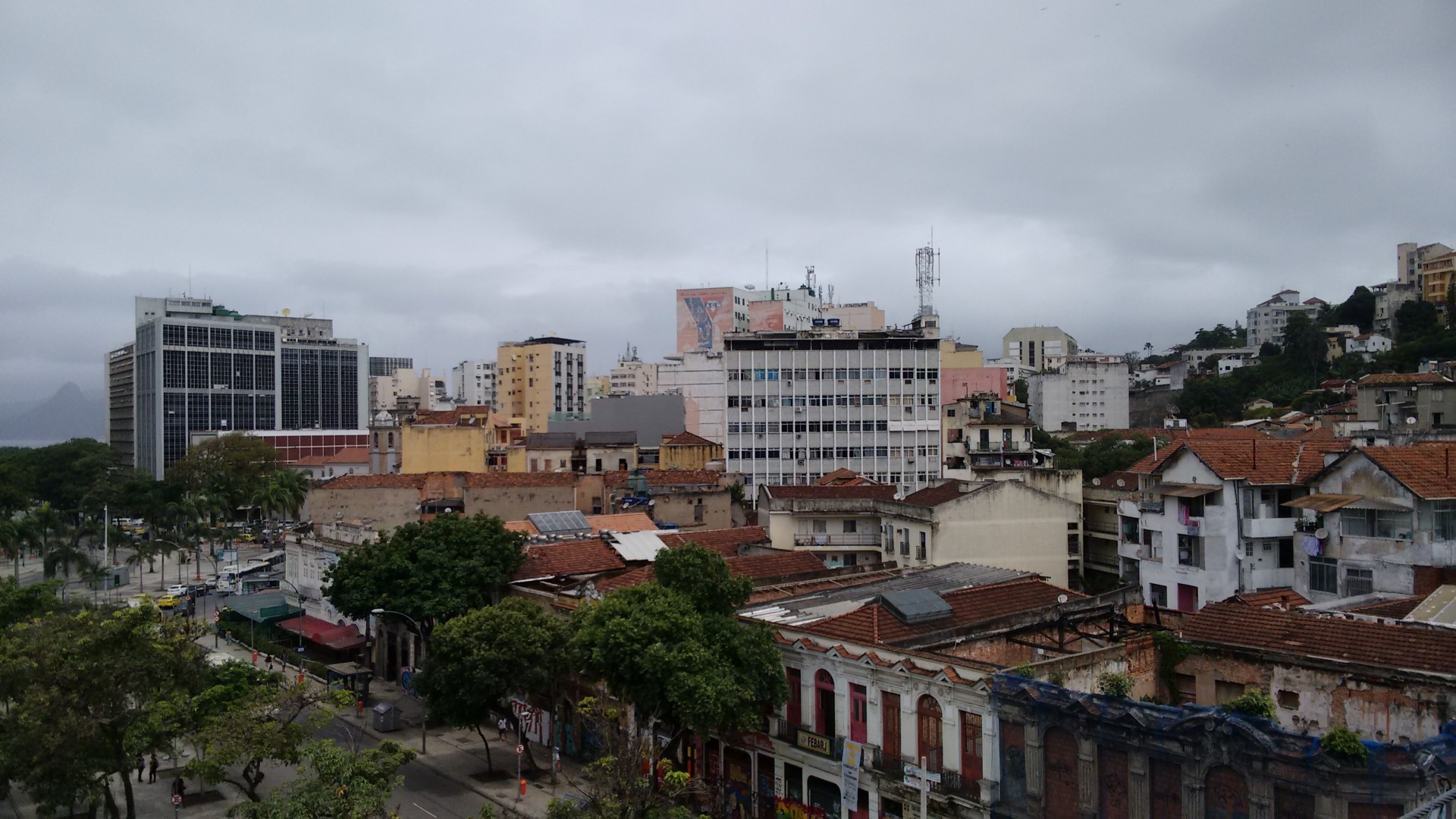
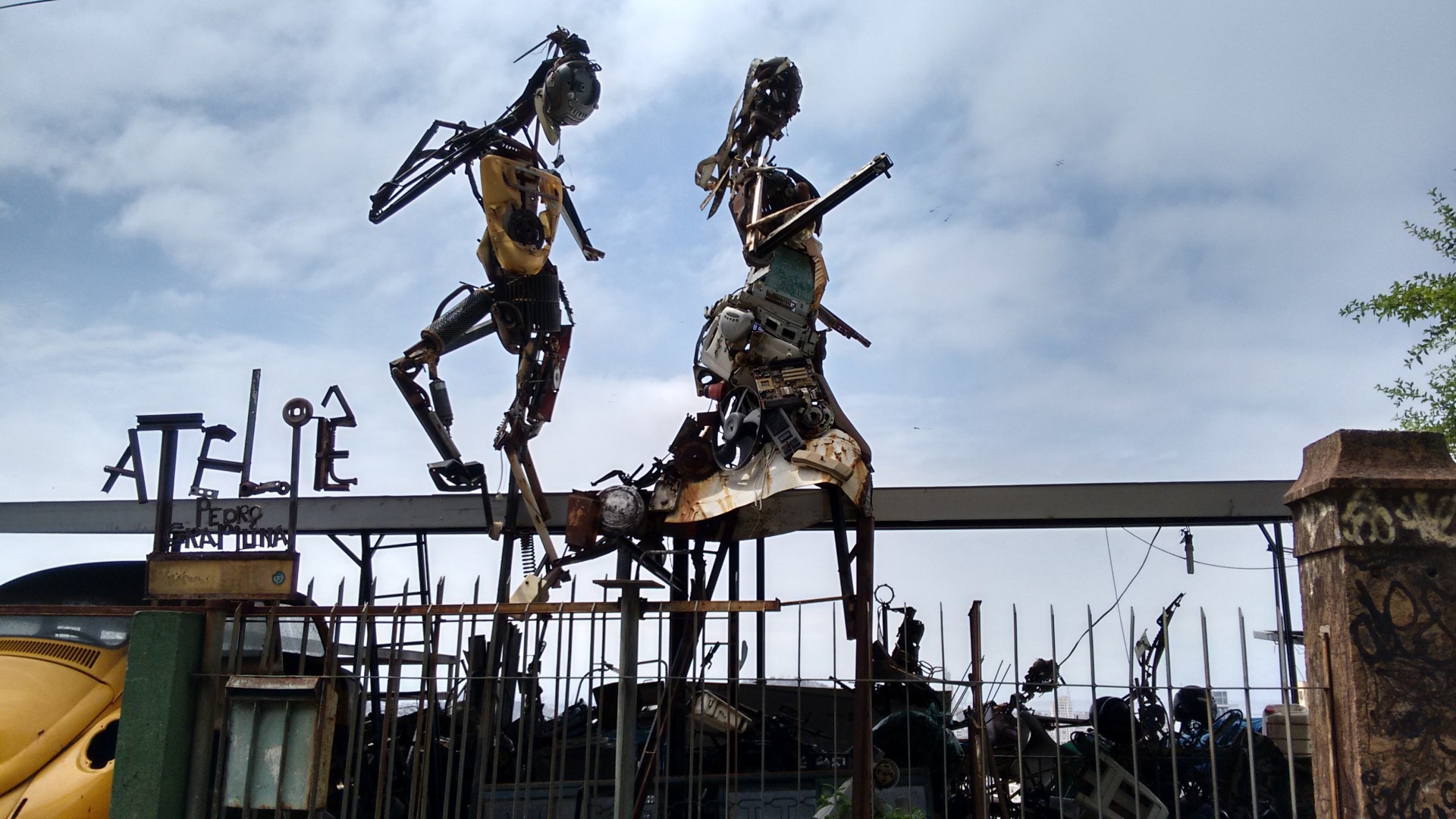
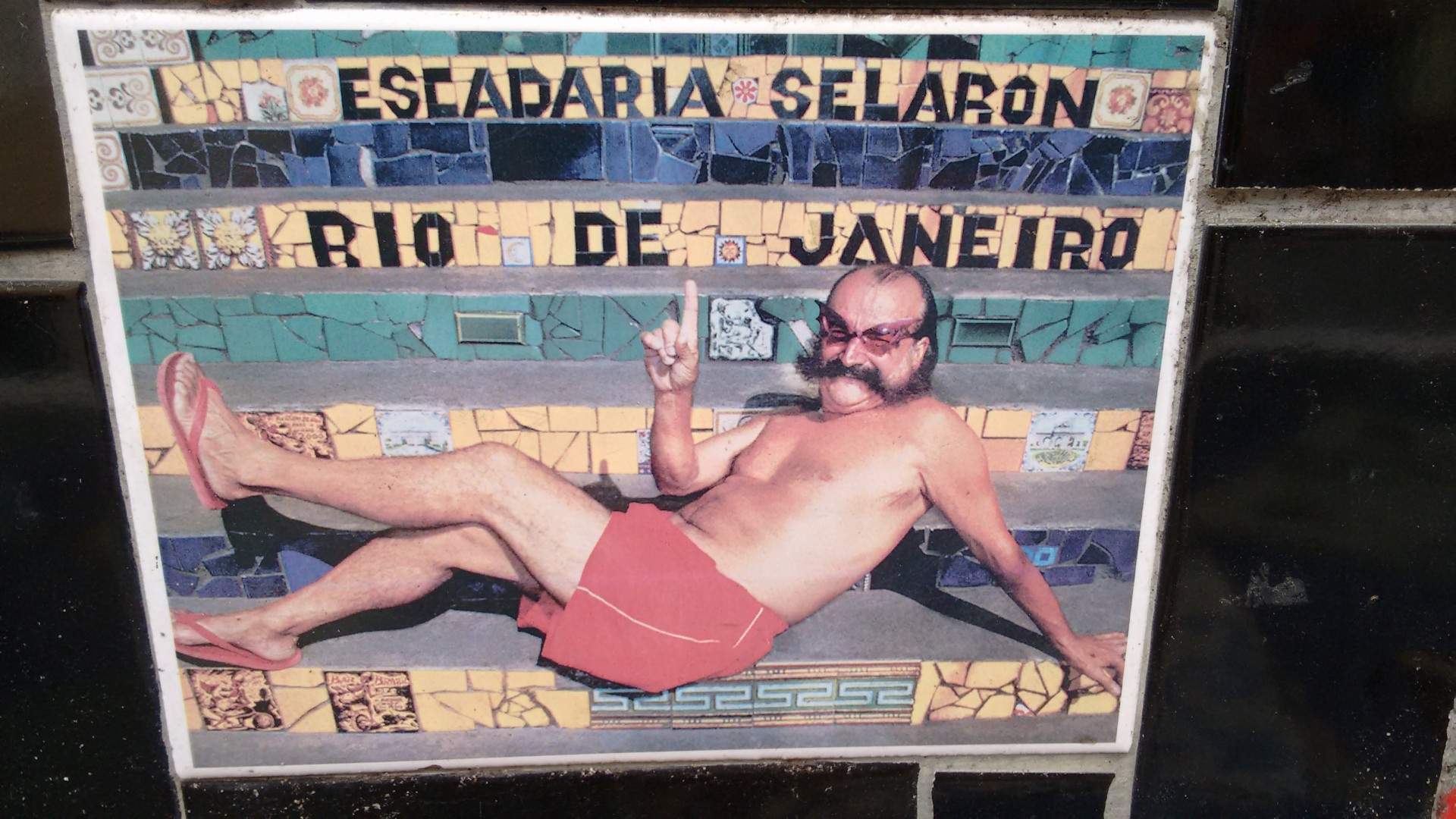
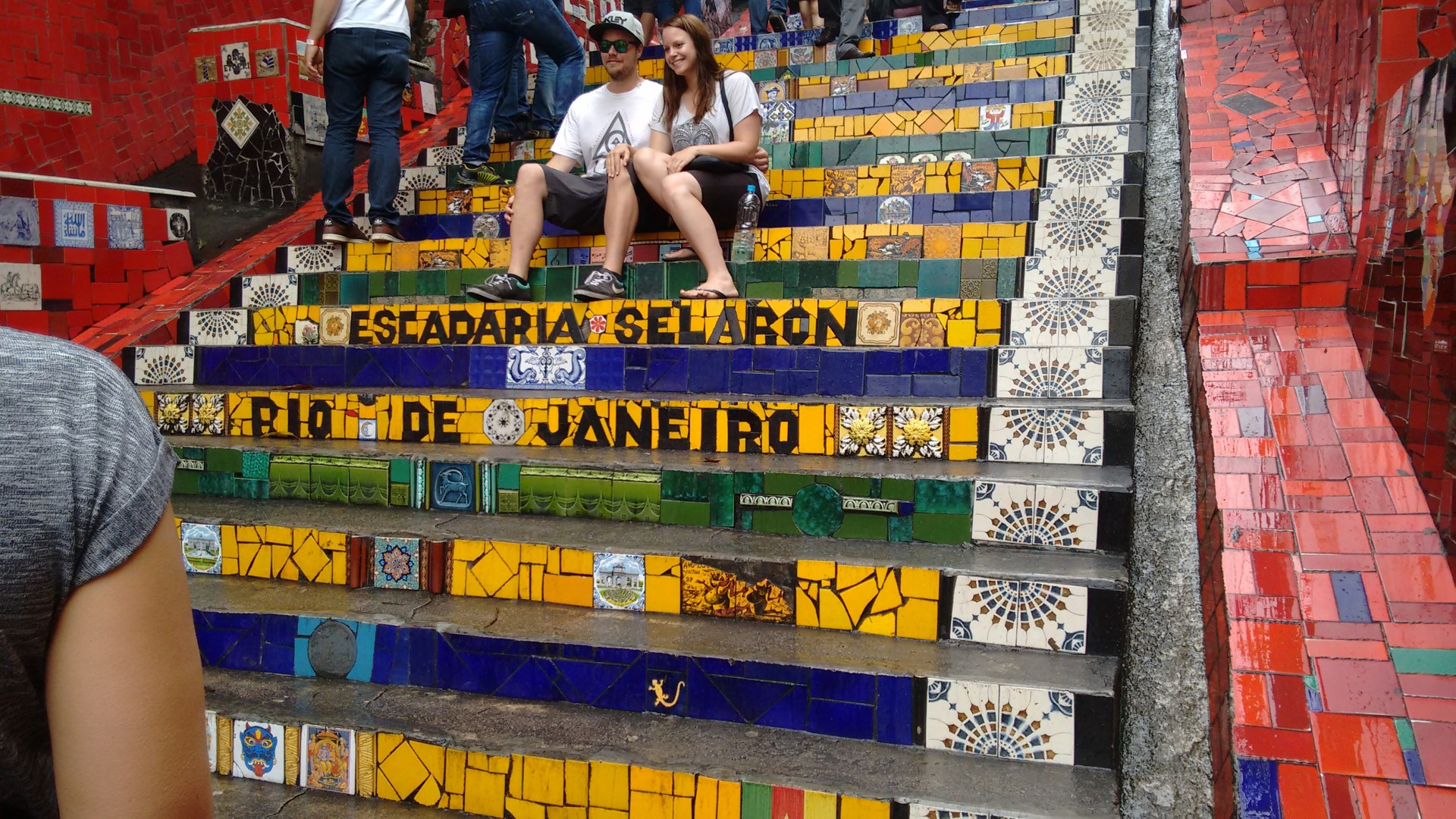
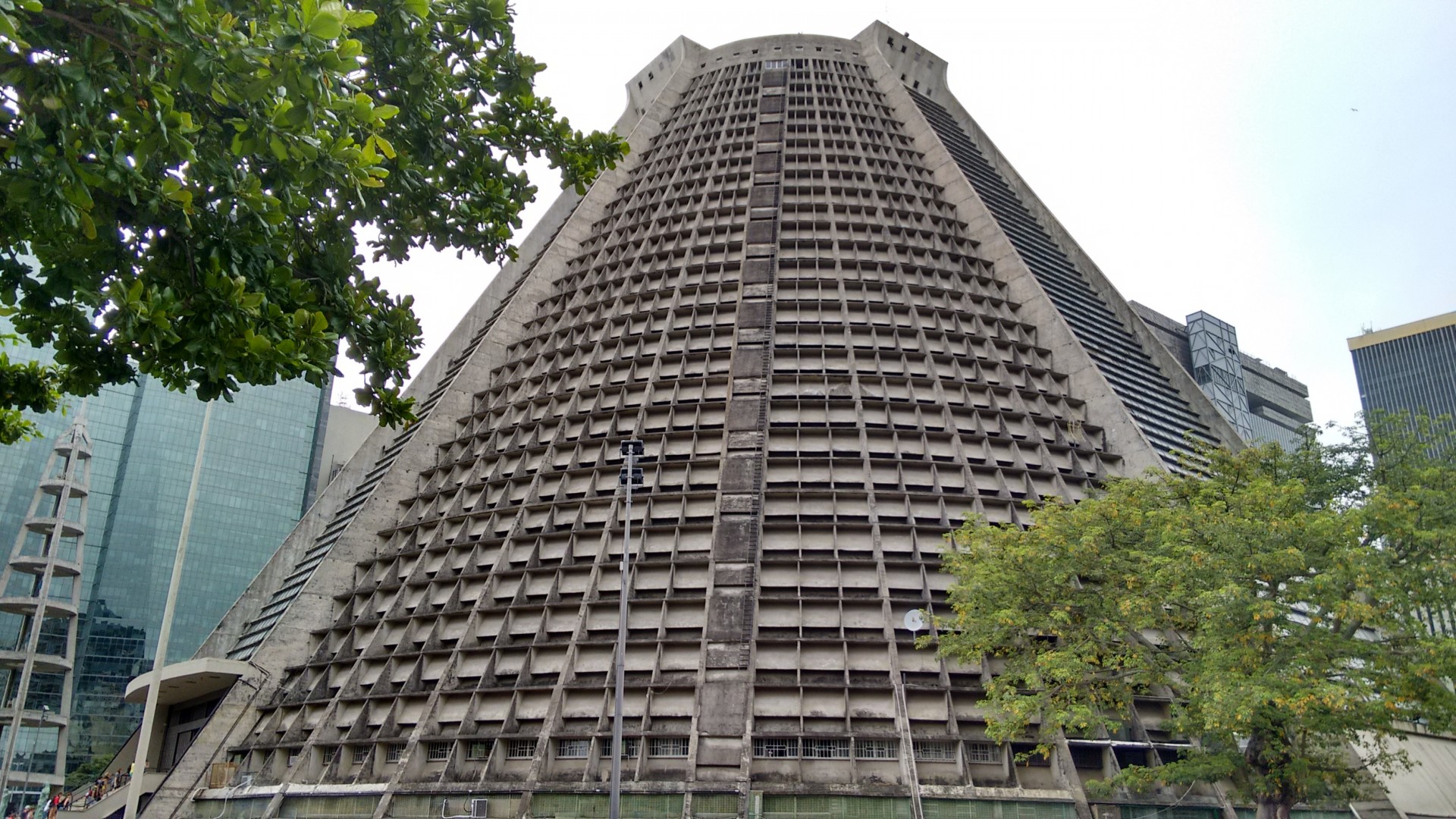



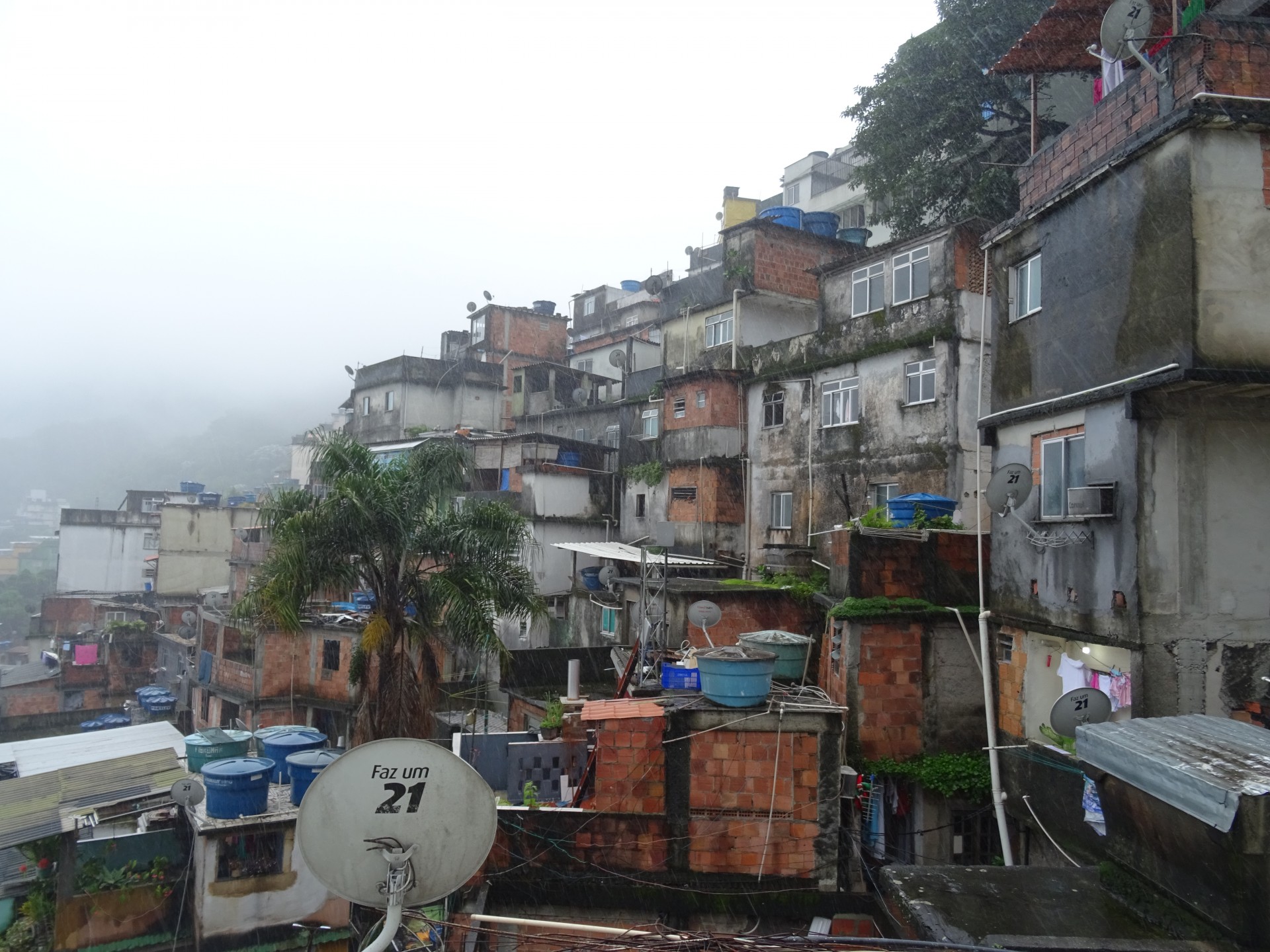
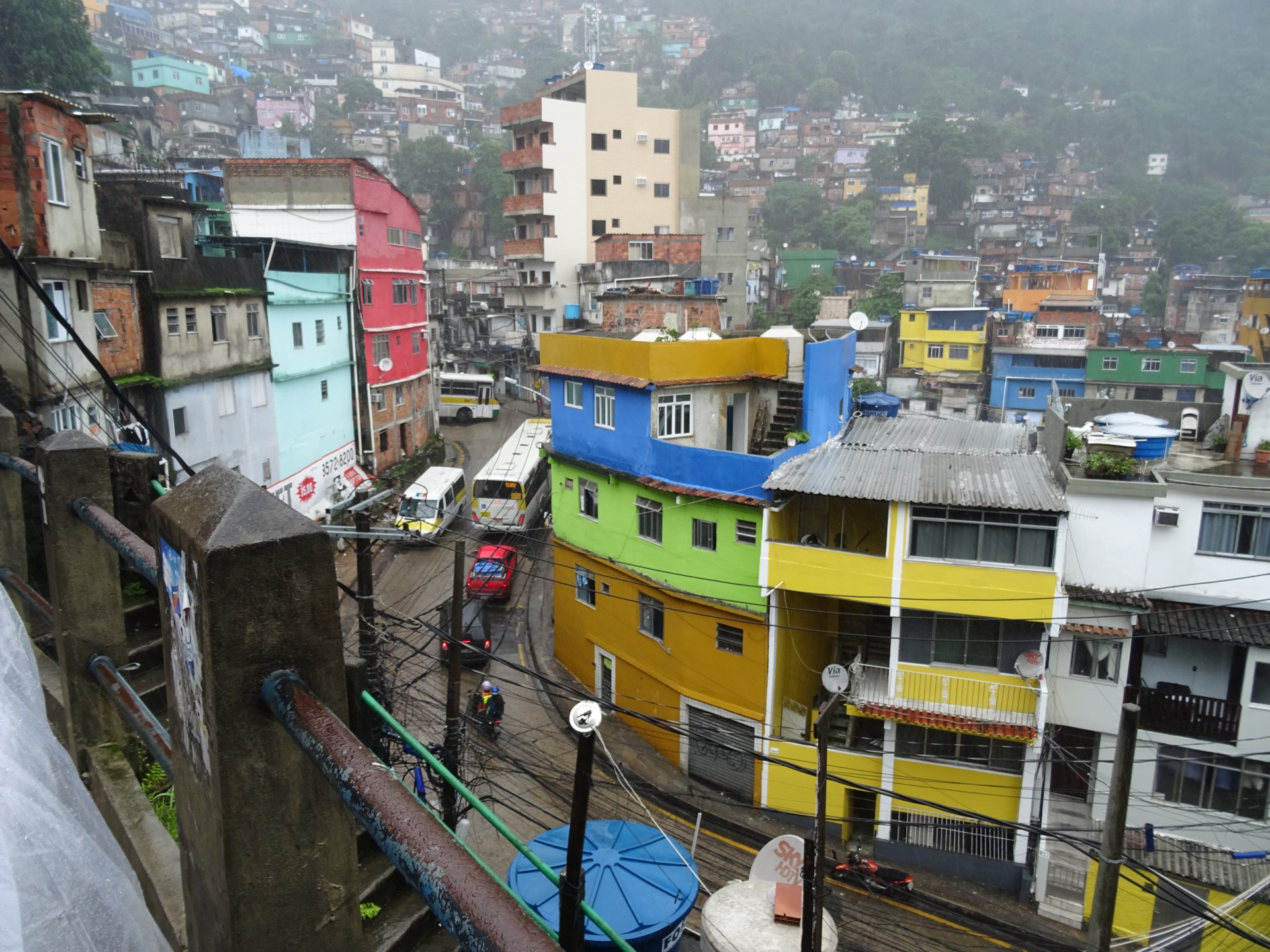
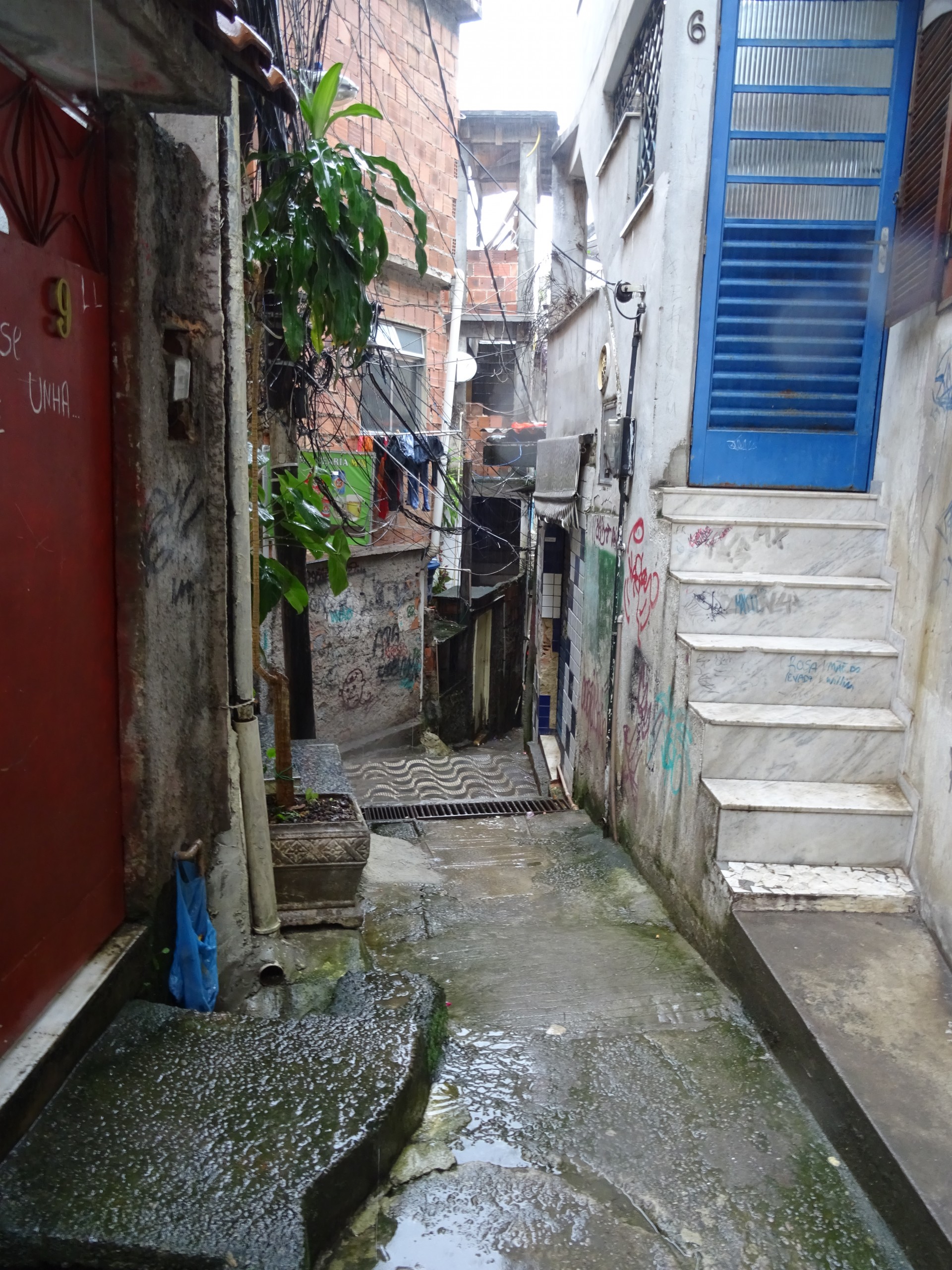
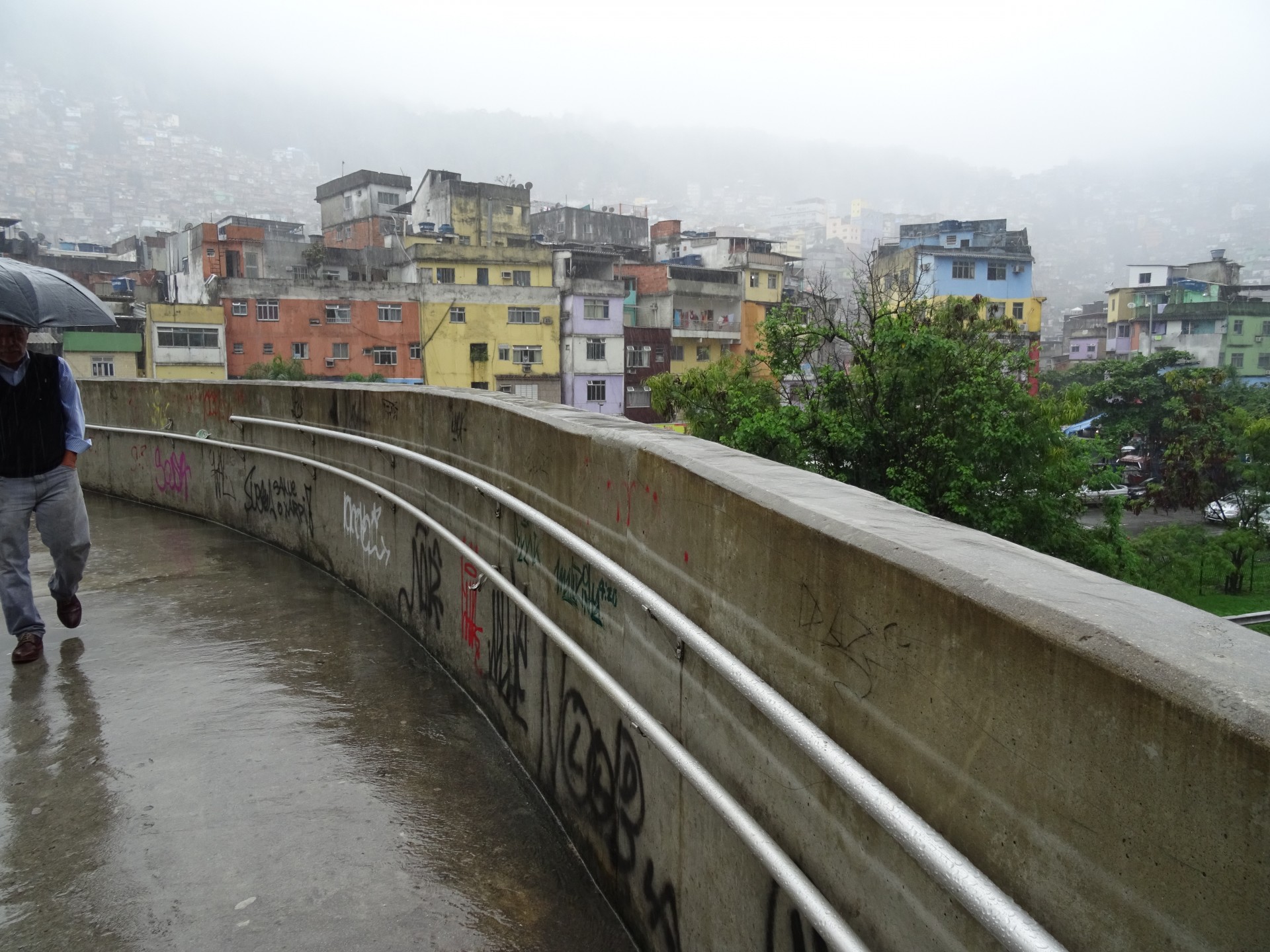
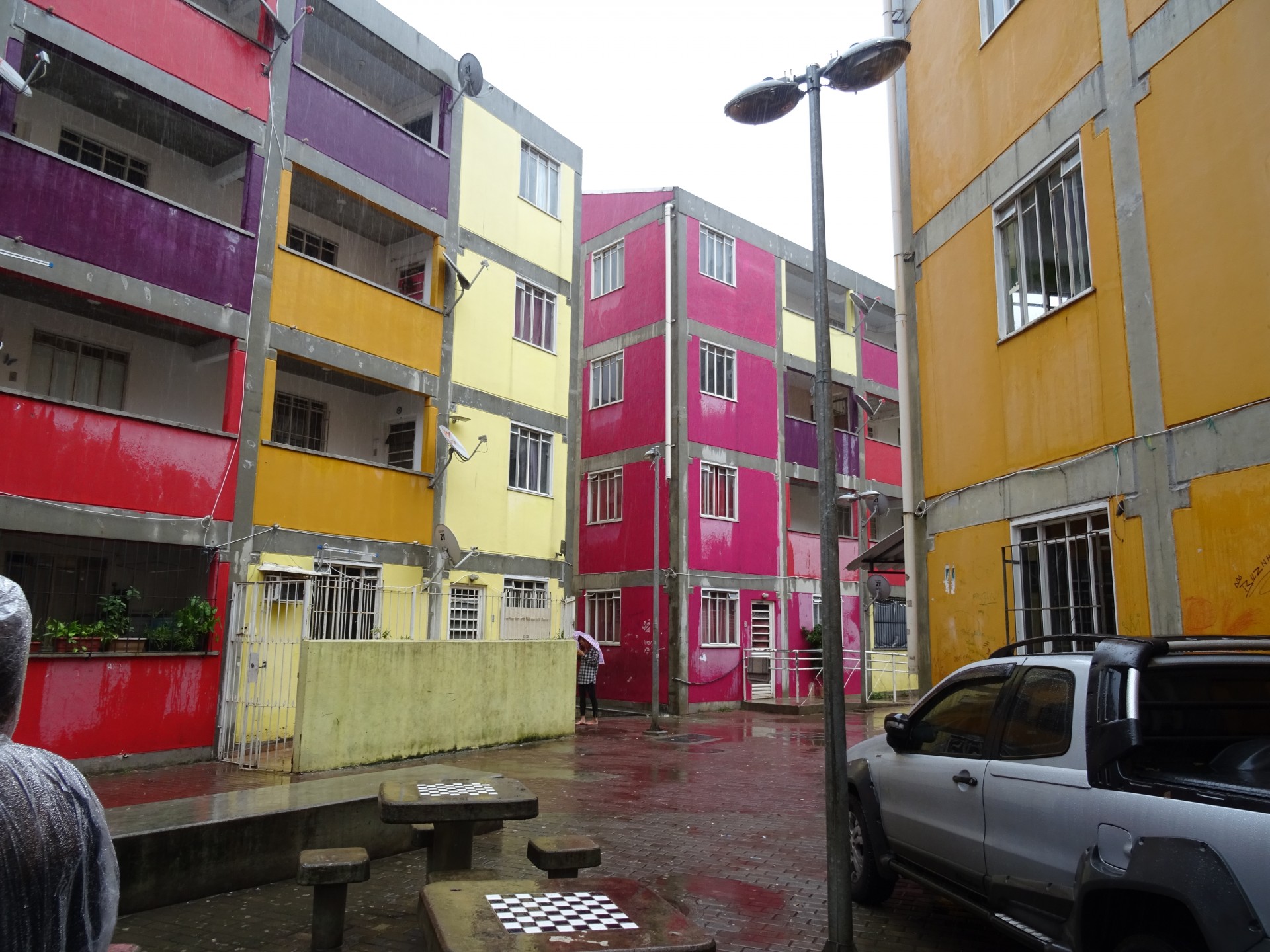
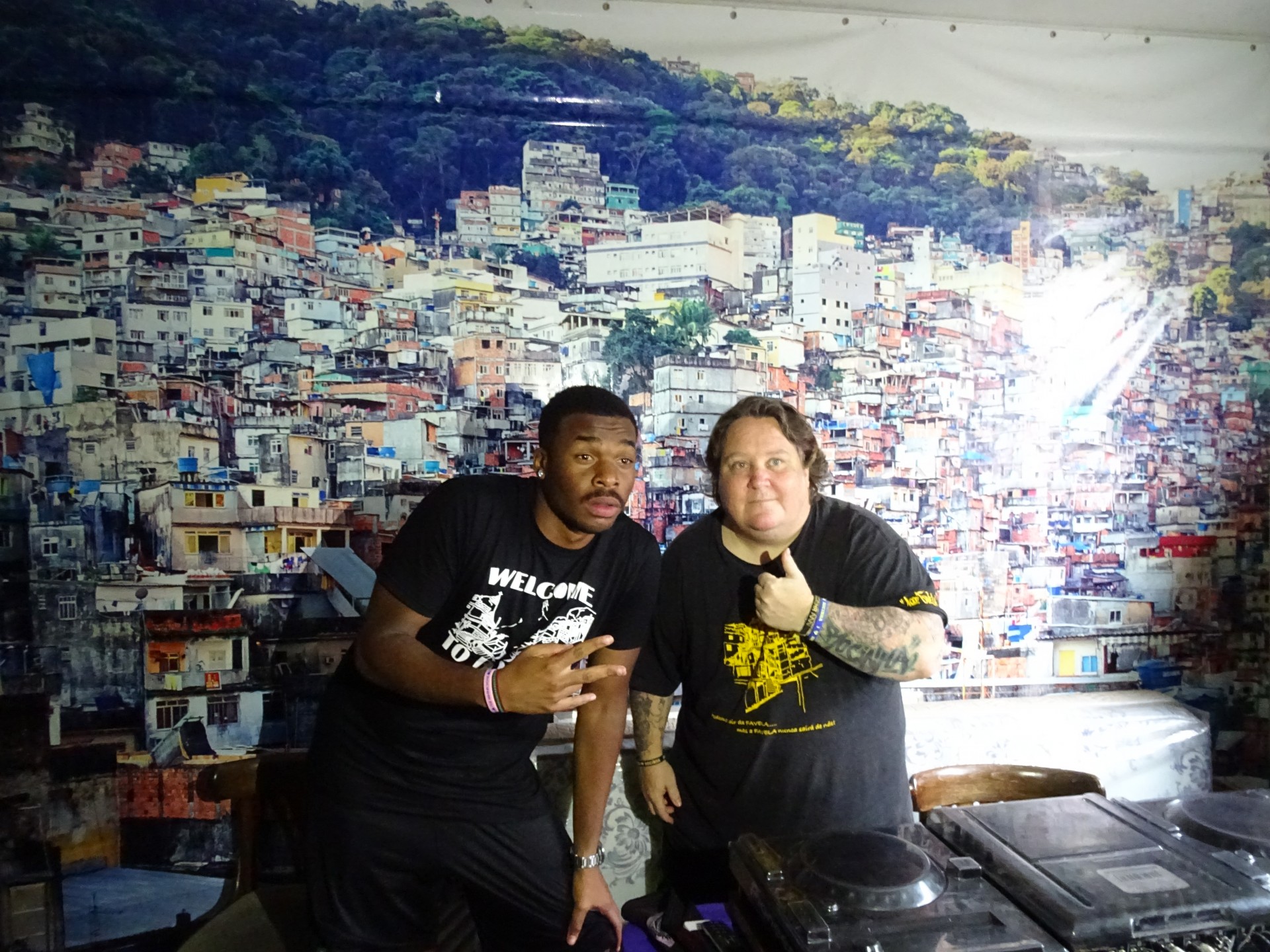
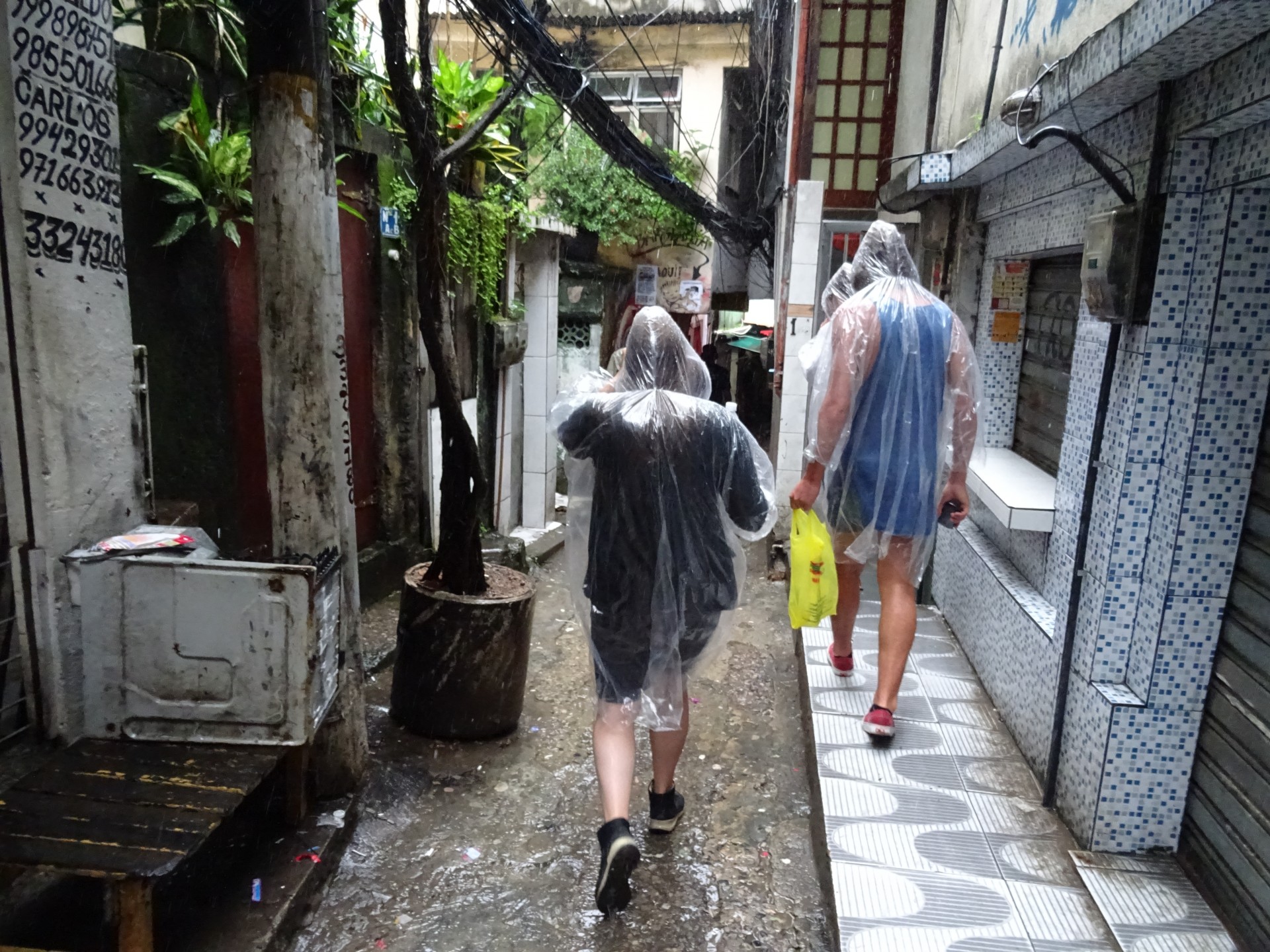




Hi Doug, really good to read this! Hope your still having a great time. I don’t know if you remember but Obi mentioned a book that was written about Rocinha, well it’s called ‘Nemesis’ by Misha Glenny. We are about to read it. Should be interesting!
Tash
Hey Tash
Cheers! I’d totally forgotten, but i’ll have to give it a look. I’ve actually just finished reading the book I started on the bus to Rio – all 1260 pages – so now might be the best time!